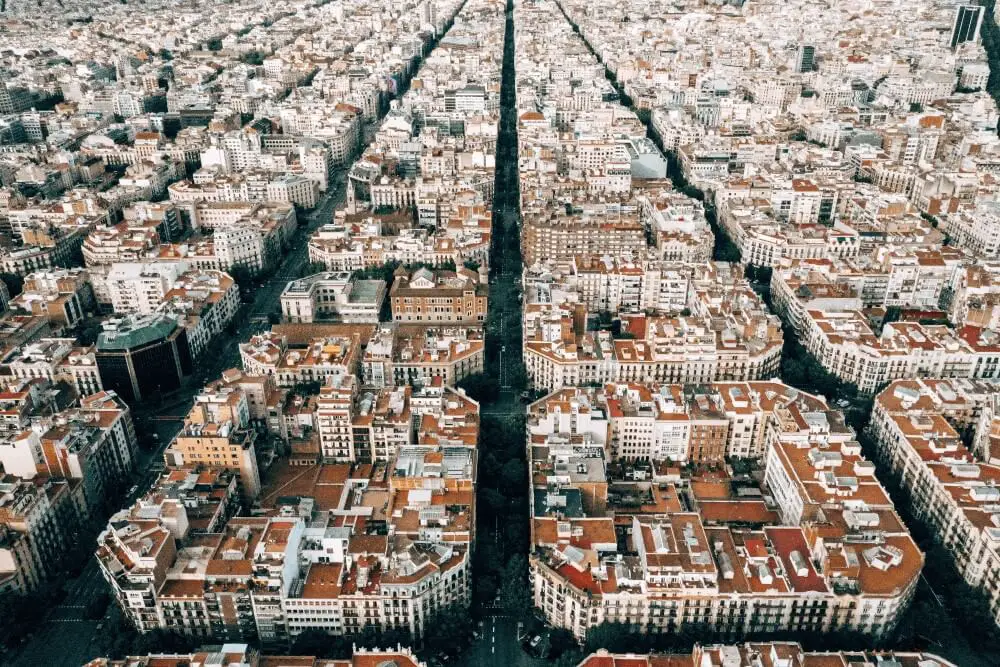Urban planners through the ages have designed cities not just to be aesthetically pleasing and functional, but also to stand the test of time. Just looking at the way a city is shaped can give clues into its past, present, and even future.
Whether it is by conscious city-wide urban planning, or the gradual agglomeration that comes with centuries of urban development, each city is shaped the way it is for a reason.
But there are some cities that have more interesting shapes than others.
So, join us as we ponder the top 12 picks for cities with amazing urban design, featuring particularly on cities with intriguing layouts.
1. Brasilia, Brazil

Brasilia, the Brazilian capital, has captured the hearts of architecture lovers ever since it was first completed in 1960. Built from the ground up in just four years, it followed what was known as the ‘Pilot Plan’, led by architect Oscar Niemeyer and urban planner Lucio Costa.
What makes Brasilia’s layout so unique is that, from an aerial perspective, its curved axes are shaped like a bird (or plane). It was designed in this way to symbolise Brazil’s burgeoning modernisation, and to paint the country to the world as a progressive power.
The city is now home to over four million people, which makes it one of Brazil’s highest-populated cities. However, there have been issues with the bold design of central Brasilia, as it is highly-car-centric and, due to its UNESCO World Heritage Site status, difficult to develop further.
2. Chandigarh, India
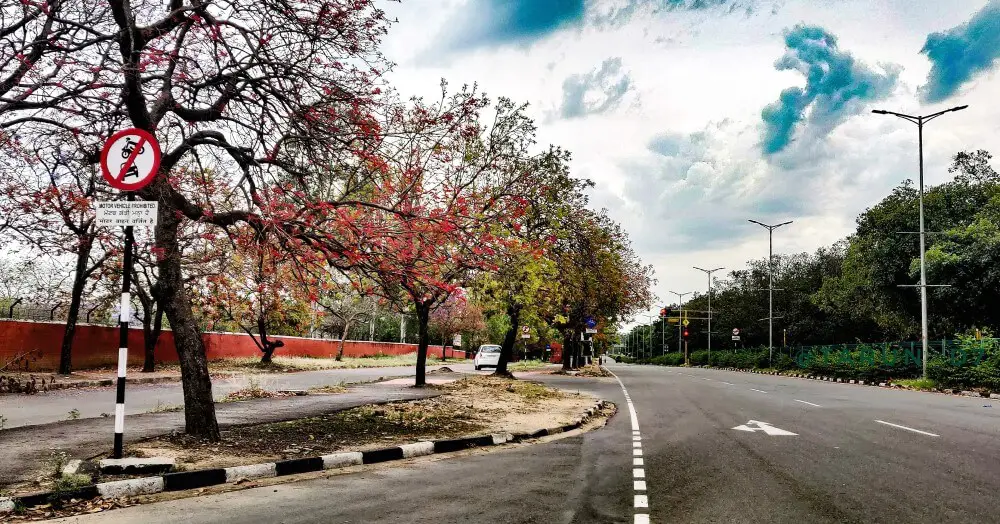
Located around 260 km north of Delhi and 229 km southeast of Amritsar, Chandigarh is renowned as the first planned city of an independent India. Its original purpose was to act as the capital of Punjab, which was, at that time, the province that stood between India and Pakistan.
The city was designed by famous architect Le Corbusier, who built on earlier plans by American urban planner Albert Mayer. Under Le Corbusier’s plans, Chandigarh consists of multiple individual ‘units’ that resemble a human body. So, the ‘head’ is the capital building, the ‘heart’ is the city centre, and the lungs and circulatory system are the network of paths and roads that cover the city.
Chandigarh has been declared a UNESCO World Heritage Site, and is widely regarded as a successful example of a planned city, where many others have failed. It is green, prosperous and provides a good standard of living for those who live there.
3. Washington DC, USA
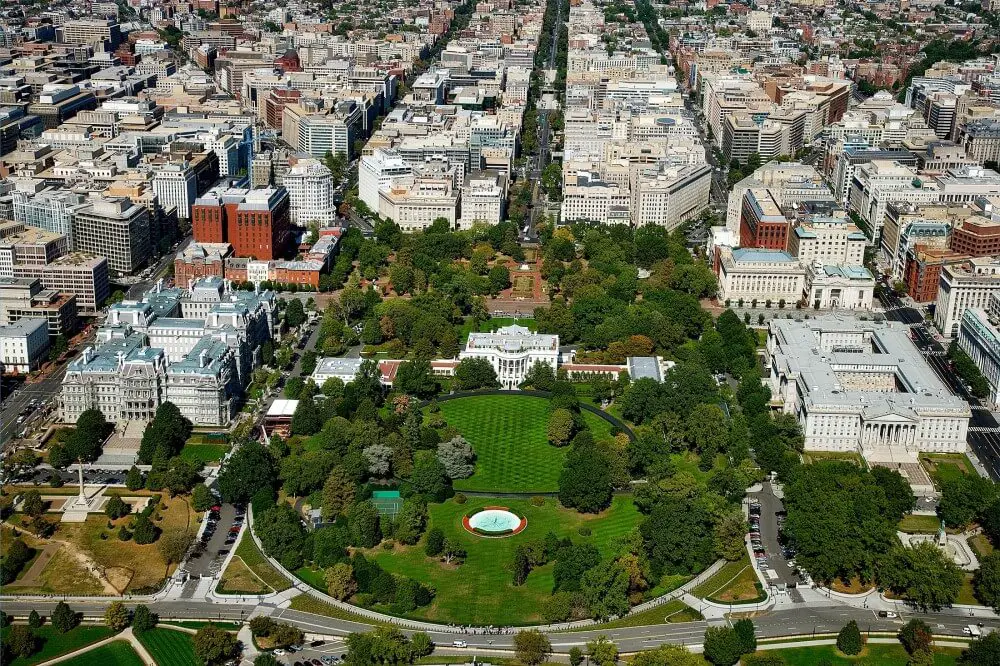
The capital of the USA needs no introduction. From the White House to the Lincoln Memorial, this city has no shortage of architectural treasures. But this is only one of the reasons why Washington DC is an urban planner’s paradise.
Another reason is the ingenious way the city is laid out. In 1791, a French urban planner named Pierre Charles L’Enfant came up with a then-modern vision of the capital city for president George Washington.
The so-called ‘L’Enfant Plan’ earmarked 10 square miles of land for development which included streets in a grid pattern – something which has remained to this day. It also positioned the White House and other monuments on natural pedestals and ridges parallel to the Potomac River.
4. Adelaide, Australia
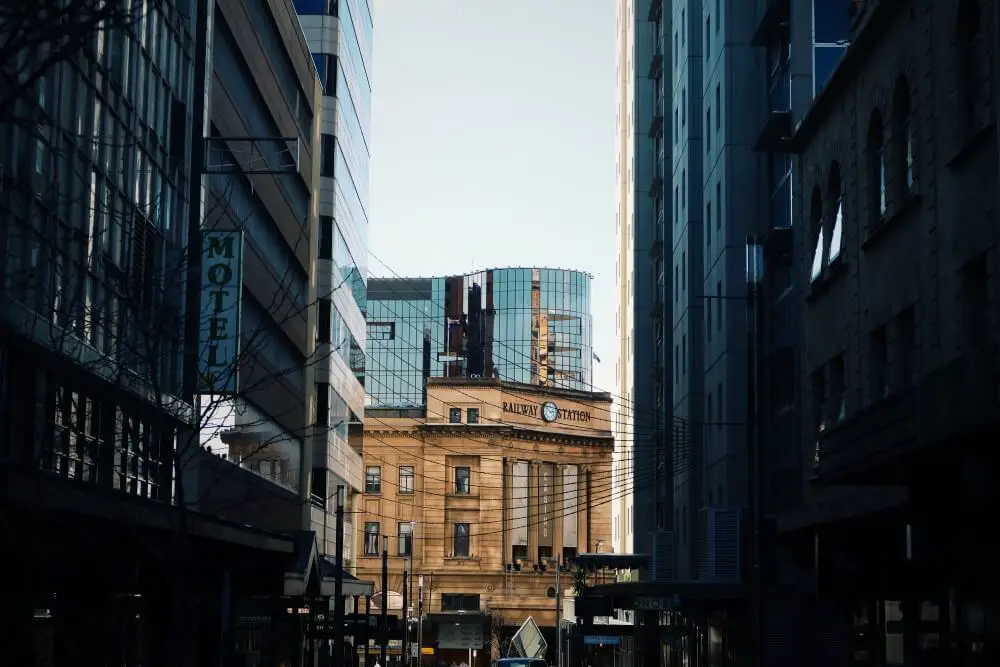
Adelaide is the capital city of the South Australia province, and was created in 1836 following the announcement that the province had become an official British colony. Like a lot of cities planned on a wide scale, Adelaide features a grid-system with rectangularly drawn streets.
However, where this Australian city’s layout differs from other grid-planned cities is its incorporation of large amounts of green space. Colonel William Light, the man who drew up the urban plans for Adelaide, foresaw the need for grand boulevards and huge squares, which, interspersed with parkland, make for a highly liveable city even now.
In recognition of his work, the Adelaide street network is now listed as national heritage, and there are statues and streets that bear Light’s name.
5. Faisalabad, Pakistan

Another example of a city with fascinating urban design is Faisalabad, Pakistan. This central city, formerly known as Lyallpur, is the third largest in the country, and has been referred to as ‘The Manchester of Pakistan’ due to its abundant role in industry, manufacturing and transportation.
When looking from above at the main part of the city, you may be forgiven for thinking Faisalabad’s street pattern looks familiar. That’s because it is shaped like a Union Jack, and was built this way by British architect James Lyall at the height of his nation’s reign in India.
It has eight roads stemming out from a central clock tower, with each one leading to a different part of the city. And, beyond this, there is also a clever irrigation system deployed, so that water can reach the outer areas of the city, in turn making them fertile pieces of land.
6. Sun City, Arizona, USA

Sun City in Arizona, USA, has a very fitting name. Not only does it encapsulate the sunny skies that more often than not shine over the city, but it also reflects its intriguing shape as well.
For, much of the city’s street network consists of houses that, when placed together, lie in four concentric circles. This has made for an impressive aerial view, and puts it on the list of places with the most interesting urban design in the US.
7. Amsterdam, The Netherlands
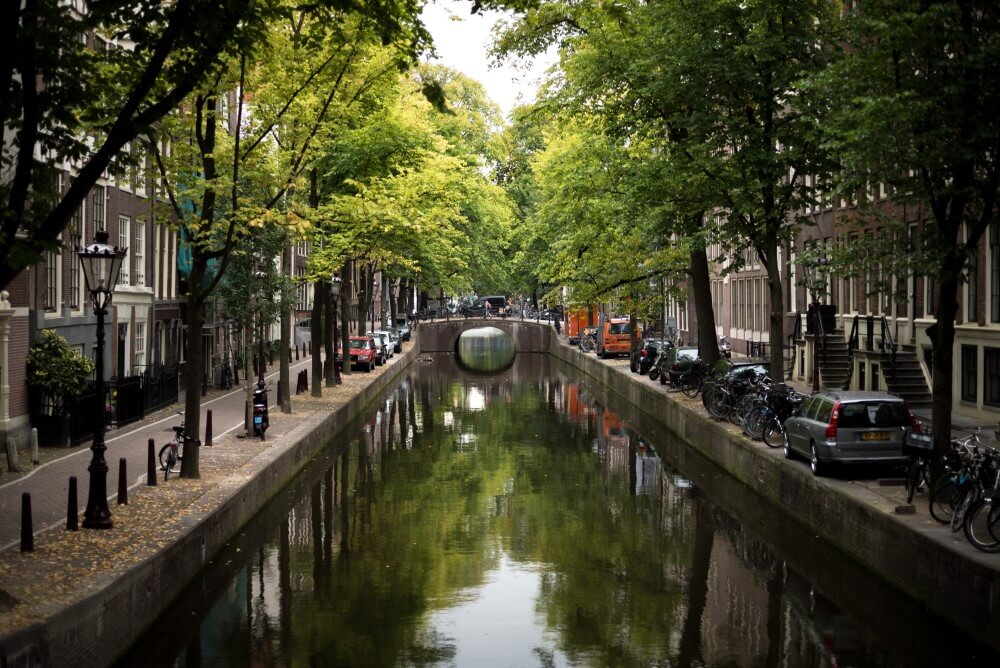
When it comes to cities with amazing urban design, look no further than the Dutch capital, Amsterdam. Like most of The Netherlands, Amsterdam lies in a low-lying area and is susceptible to flooding – so, over its centuries of development, it has needed to plan accordingly.
With this in mind, Amsterdam built a series of semicircular canals that not only channel water safely through the city, but also act as instruments of defence and transportation. These were built in the mid-17th Century at the height of the Dutch Golden Age, and were joined by other canal expansions in the 19th Century.
Today, these canals, as well as Amsterdam’s stunning architecture, have made the European city one of the most popularly-visited in the world. They have also encouraged a pedestrian and bike-friendly culture that is hard to beat.
8. Barcelona, Spain

Spain’s second city and capital of Catalonia, Barcelona, draws in tourists from around the world all-year round. Renowned for its good weather, fine cuisine and Gaudi-inspired architecture, it is the city that has almost everything.
Good job, then, that it has an urban plan to match. Barcelona features a unique street network that has evolved since Roman times, but is now most commonly characterised by long, straight, streets that criss-cross the city in a grid system.
This grid plan is known as Eixample – a visionary design by urban planner Ildefons Cerdà, which was carried out in the late 19th/early 20th Century. Gaudi, among others, contributed individual buildings within this scheme, which looks as impressive at street level as it does from the air!
9. Dubai, United Arab Emirates
Though we’re including Dubai on this list of cities with interesting layouts, we’re really focusing on one specific section of the UAE city. Namely, we’re looking at Palm Jumeirah, which is one of the artificials islands off its coast.
This island has been constructed to form the shape of a palm tree, and took years of planning and preparation before it was finally completed in 2007. It now features hotels, properties and even a monorail to ferry people across the island.
Although there has been controversy surrounding this construction relating to environmental and wildlife concerns, there’s no doubt it’s an impressive piece of urban design.
10. Belo Horizonte, Brazil
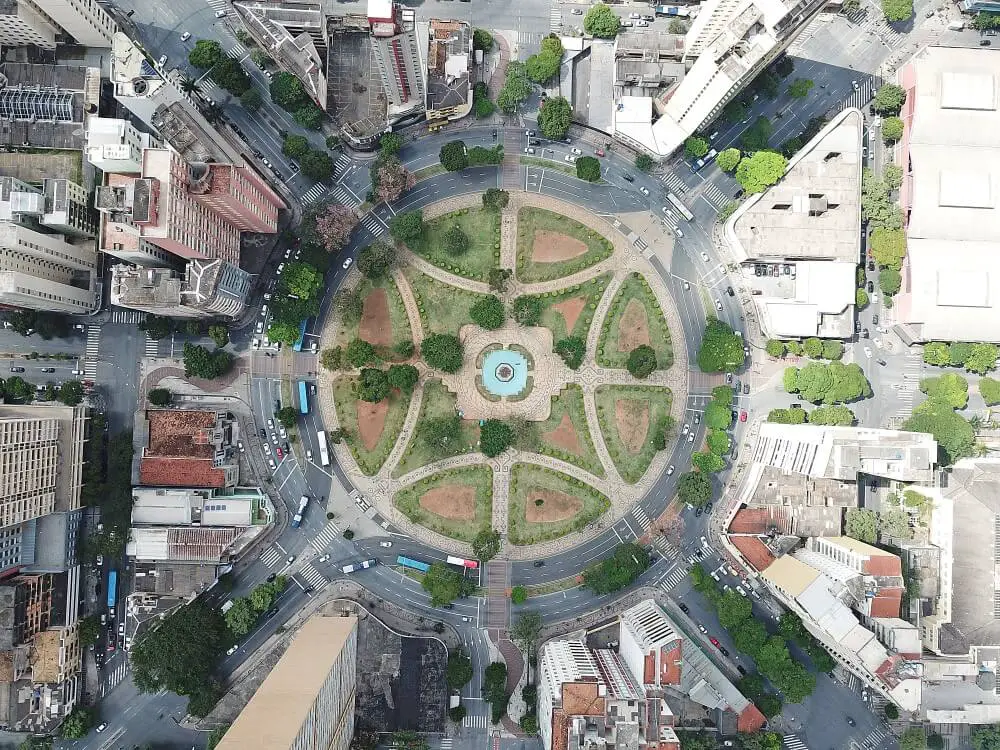
Brazil’s sixth-largest-city, Belo Horizonte, is also one of its most interestingly planned. Inspired by the street plan of Washington DC, it features an intricate grid network with public squares and green spaces intertwined.
Designed to be the new capital of Brazilian province Minas Gerais when it was first completed in 1890, Belo Horizonte’s new street network helped project its status. In modern times, the city boasts such architectural marvels as the Niemeyer Building and Mineirao Stadium.
11. Jaipur, India
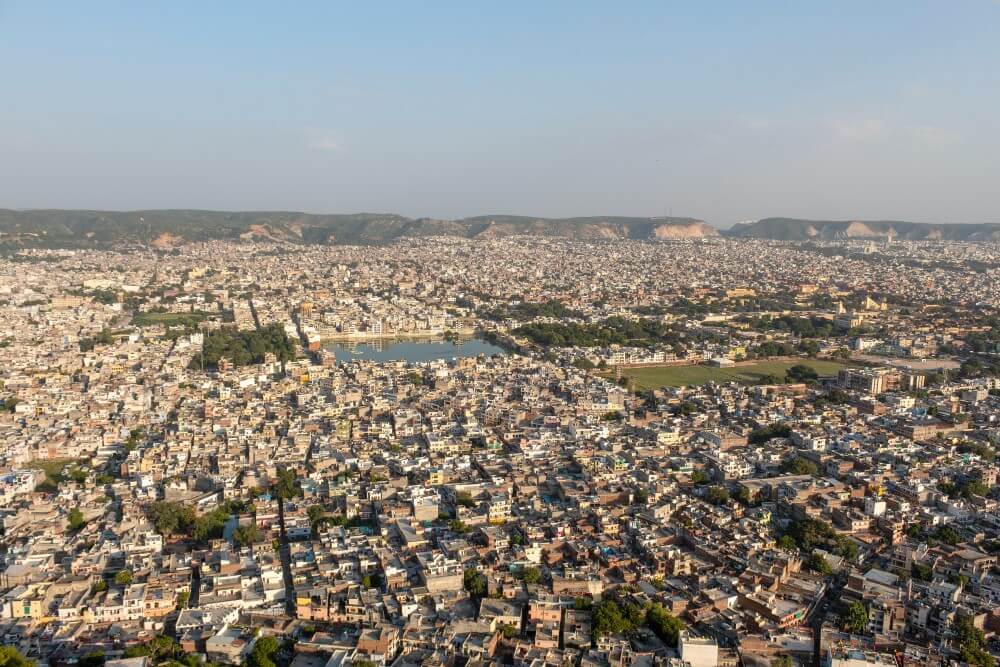
Built in just four years between 1727 and 1731, Jaipur was planned as a new capital for India’s Rajasthan state. It was constructed according to the traditional Indian architecture system Vastu shastra, and features a unique urban design.
What separates it from many other Indian cities is that its old city is divided into six sections, each one separated by broad avenues. Each of these sectors is further divided into grids which provide a uniform-looking layout.
Although Jaipur’s street network has since outgrown this grid system, it was once unlike anything else seen in India! Today, over three million people live there, and it is one of India’s most visited cities.
12. La Plata, Argentina
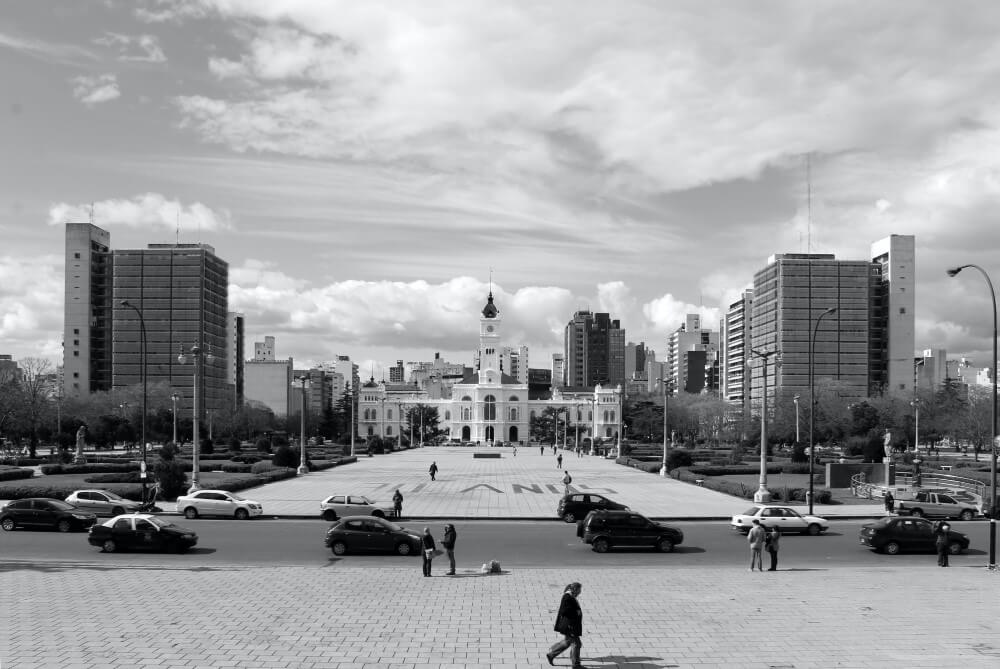
La Plata was a new city when it was founded in 1882, following the announcement of Buenos Aires as the capital of Argentina (which left the province of Buenos Aires needing a new capital). As is common in many planned cities, the urban design for the La Plata followed a specific pattern.
This pattern is now visible from the air in what looks like a huge square, with diagonal through-ways passing through the middle of them. While looking impressive from a distance, this urban plan also allowed the people of La Plata to get around the city with minimum fuss.
Today, over 700,000 people call La Plata home, and it contains the Cathedral of La Plata, which is the largest church in Argentina.
We hope you’ve enjoyed our guide to cities with interesting layouts. Clever urban design is not just the method by which cities can boost their visual appeal – it is also a way to help them perform their jobs more efficiently.
For more compilations, building news and architectural discussion, explore our latest articles, including our guide to the 21+ tallest buildings in Ireland.
Or, if you want more general definitions for building vocabulary and key terms, take a look at our building wikis, including an in-depth guide to purlins.
Last Updated on 21 March 2023 by Michael
